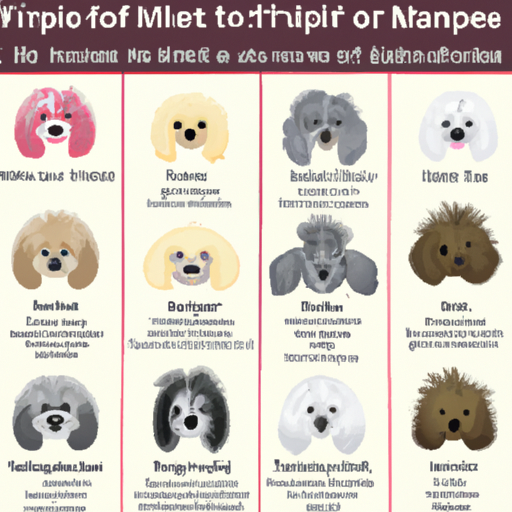Understanding the Difference Between Hair and Fur
When we talk about dogs, you often hear the terms “hair” and “fur” used interchangeably. But did you know that there’s actually a difference?
Fur tends to grow to a certain length and falls out naturally, while hair, which grows continuously and falls out less frequently, is often associated with hypoallergenic dog breeds. This information is crucial, especially if you’re a caregiver who needs to pay special attention to allergens in your environment.
Breeds with Hair Instead of Fur
Here are some dog breeds that are known to have hair:
- Poodles
- Maltese
- Yorkshire Terriers
- Shih Tzu
- Bichon Frise
Each of these breeds has its unique characteristics and needs. They might require regular grooming to prevent their hair from becoming tangled or matted.
Benefits of Having a Dog with Hair
Dogs with hair have several benefits, especially for caregivers who need to consider allergens and hygiene. Some of these benefits include:
- Less shedding: Dogs with hair tend to shed less, leading to less mess around the house.
- Hypoallergenic: Although no dog is truly hypoallergenic, dogs with hair are often better for people with allergies.
Grooming Needs of Dogs with Hair
Dogs with hair require a different grooming routine compared to those with fur. Here is a simplified table to illustrate these differences:
| Grooming Needs | Dogs with Hair | Dogs with Fur |
|---|---|---|
| Frequency of Grooming | Regularly | Less often |
| Type of Brush | Slicker or bristle brush | Rake or pin brush |
| Trimming Needs | Regular trims | Less frequent trims |
Potential Challenges of Having a Dog with Hair
While there are several benefits to having a dog with hair, there are also some challenges:
- Regular grooming: Dogs with hair require regular trimming to prevent their hair from becoming too long and unmanageable.
- Potential for matting: Without regular brushing, the hair can become matted and cause discomfort for the dog.
Frequently Asked Questions
1. Can dogs with hair still cause allergies?
Yes, while dogs with hair are often better for people with allergies, they can still produce allergens.
2. How often should I groom my dog with hair?
This depends on the breed of your dog. Some dogs might need weekly grooming, while others might need it less frequently.
3. What kind of brush is best for a dog with hair?
A slicker or bristle brush is often recommended for dogs with hair.
Remember, being a caregiver for a dog, whether it has hair or fur, is a big responsibility. However, the joy and companionship they bring are well worth the effort.



